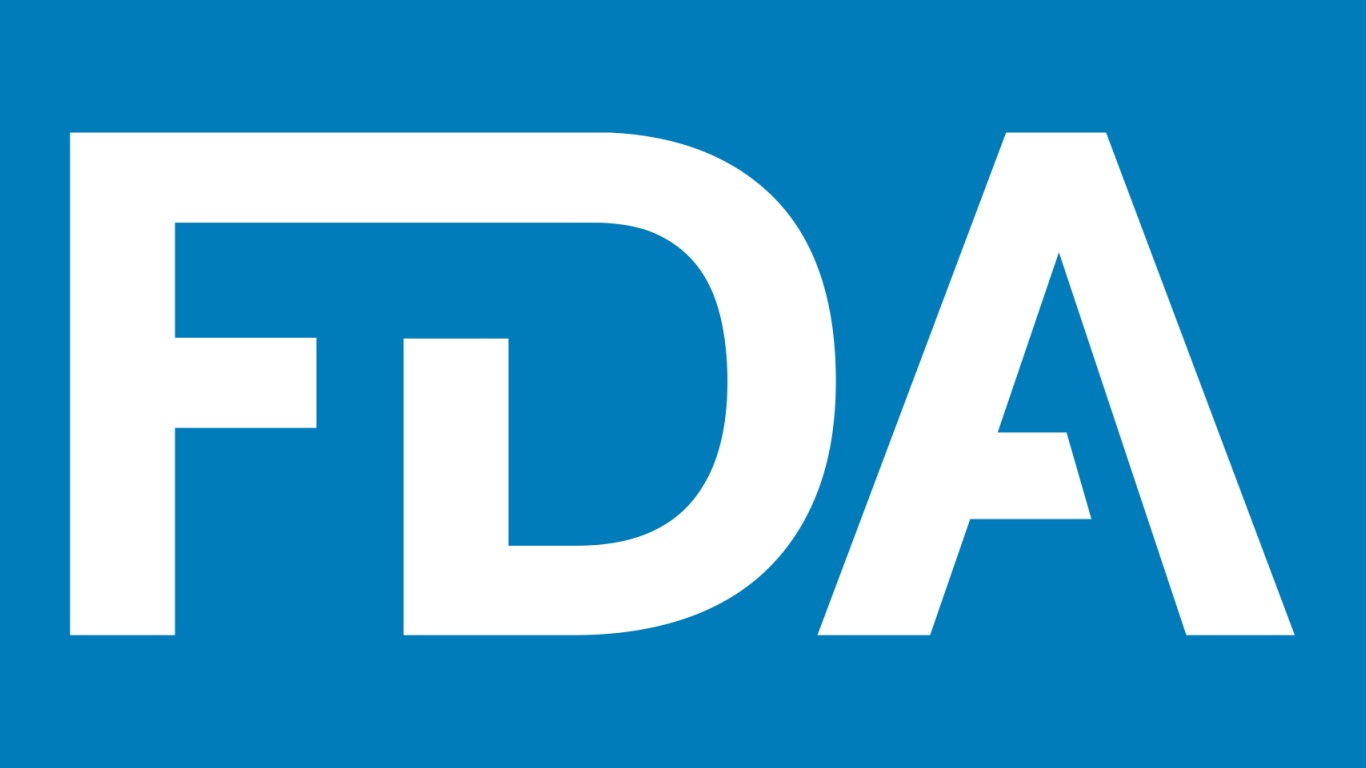The paper was developed in response to HHS Secretary Robert F. Kennedy, Jr.’s March 10 directive to the FDA to explore eliminating the “self-affirmed” Generally Recognized as Safe (GRAS) pathway, which allows companies to determine food ingredient safety without FDA review.
The white paper advocates for an alternative to the total elimination of the ‘Self-GRAS’ pathway, focusing instead on eliminating the most hazardous chemicals while preserving access to safe, beneficial ingredients. The paper and further background materials can be found here.
ANH’s white paper has been endorsed by a range of groups, including the Global Wellness Forum, the Organic Consumers Association, and the National Foundation for Integrative Medicine, with more groups continuing to sign on. It was also sent to RFK, Jr. and various members of relevant FDA and HHS committees, encouraging them to incorporate this common-sense plan into GRAS reform.
“We support Secretary Kennedy’s intention to remove the most toxic substances from our food supply,” said Jonathan Emord, J.D., ANH General Counsel and co-author of the white paper. However, the government should avoid complete elimination of Self-GRAS, which would create a massive regulatory bottleneck, potentially removing thousands of safe ingredients from the market along with those that are unsafe.”
The authors emphasize that their targeted approach is particularly well-suited to the current reality of reduced resources at the Department of Health and Human Services. “By focusing regulatory scrutiny on the small subset of ingredients with demonstrated safety concerns rather than attempting to review all 10,000+ self-affirmed ingredients, this strategy allows the FDA to efficiently protect public health even with limited staff and resources,” the white paper explains.
According to ANH, the GRAS designation was established under the Food Additive Amendment of 1958 to exempt well-established, demonstrably safe food ingredients from the FDA’s rigorous pre-market approval process. Companies have used this pathway to introduce ingredients into the food supply, including colors, preservatives, technological additives, and chemicals, most of which have not been thoroughly reviewed for safety or reassessed after decades of use. While these concerns are valid, the Self-GRAS pathway remains vital for introducing safe, innovative products without unnecessary regulatory burdens.
ANH’s proposed reforms draw important contrasts with the European regulatory approach to food additives, where only about 400 ingredients are currently permitted. The paper argues this may be overly cautious, potentially depriving consumers of healthy options.
“Our white paper defines a strategy for balanced GRAS reform while avoiding the EU model of extensive regulatory overreach in favor of freedom of choice,” said Robert Verkerk, Ph.D., ANH’s Executive & Scientific Director and white paper co-author.
The white paper proposes several key reforms:
- Targeted Approach to Unsafe Ingredients: Prioritize the removal of specific unsafe ingredients rather than requiring re-evaluation of all 10,000+ self-affirmed GRAS substances. The paper identifies potassium bromate, propylparaben, butylated hydroxyanisole (BHA), butylated hydroxytoluene (BHT), sodium benzoate, and brominated vegetable oil (BVO) as examples of additives that may be injurious due to their chronic toxicity.
- Public Transparency Register: Create a comprehensive online database of all GRAS determinations, enhancing accountability and consumer information. This would complement the FDA’s recently announced Chemical Contaminants Transparency Tool.
- Tiered Risk/Benefit Assessment: Implement a four-tier system that calibrates evidence requirements based on an ingredient’s history of use and safety profile. Substances with at least 30 years of safe use would face minimal requirements, while those with evidence of potential toxicity would require more robust safety data.
- “Safe Harbor” for Time-Tested Ingredients: Create a pathway for ingredients with a documented history of safe use for over 60 years, predating the 1958 Food Additive Amendment. These would be officially recognized by the FDA as “historically safe.”
- Appropriate Warning Requirements: When specific populations may be vulnerable to otherwise safe ingredients, warnings rather than outright bans should be required. The FDA would recognize such warnings as creating a presumption of safety for the ingredient.








